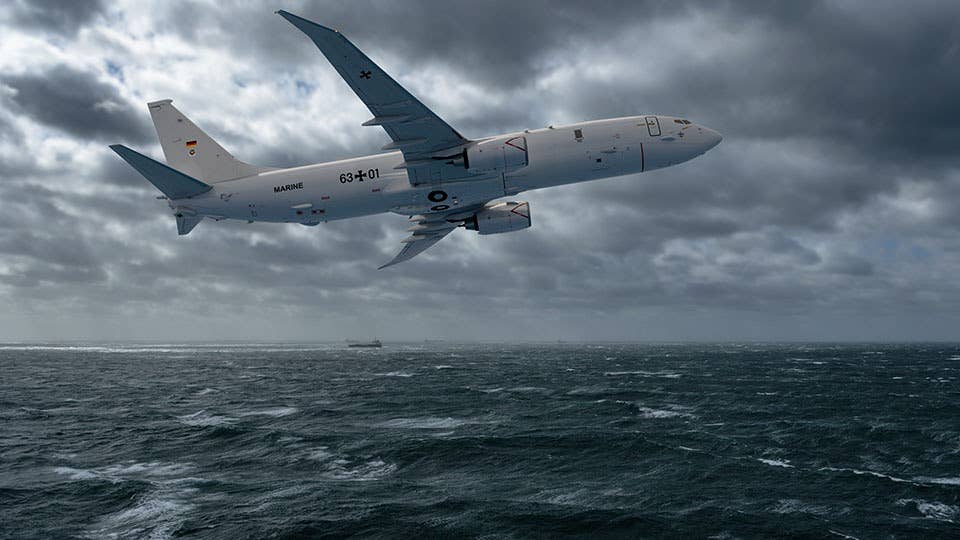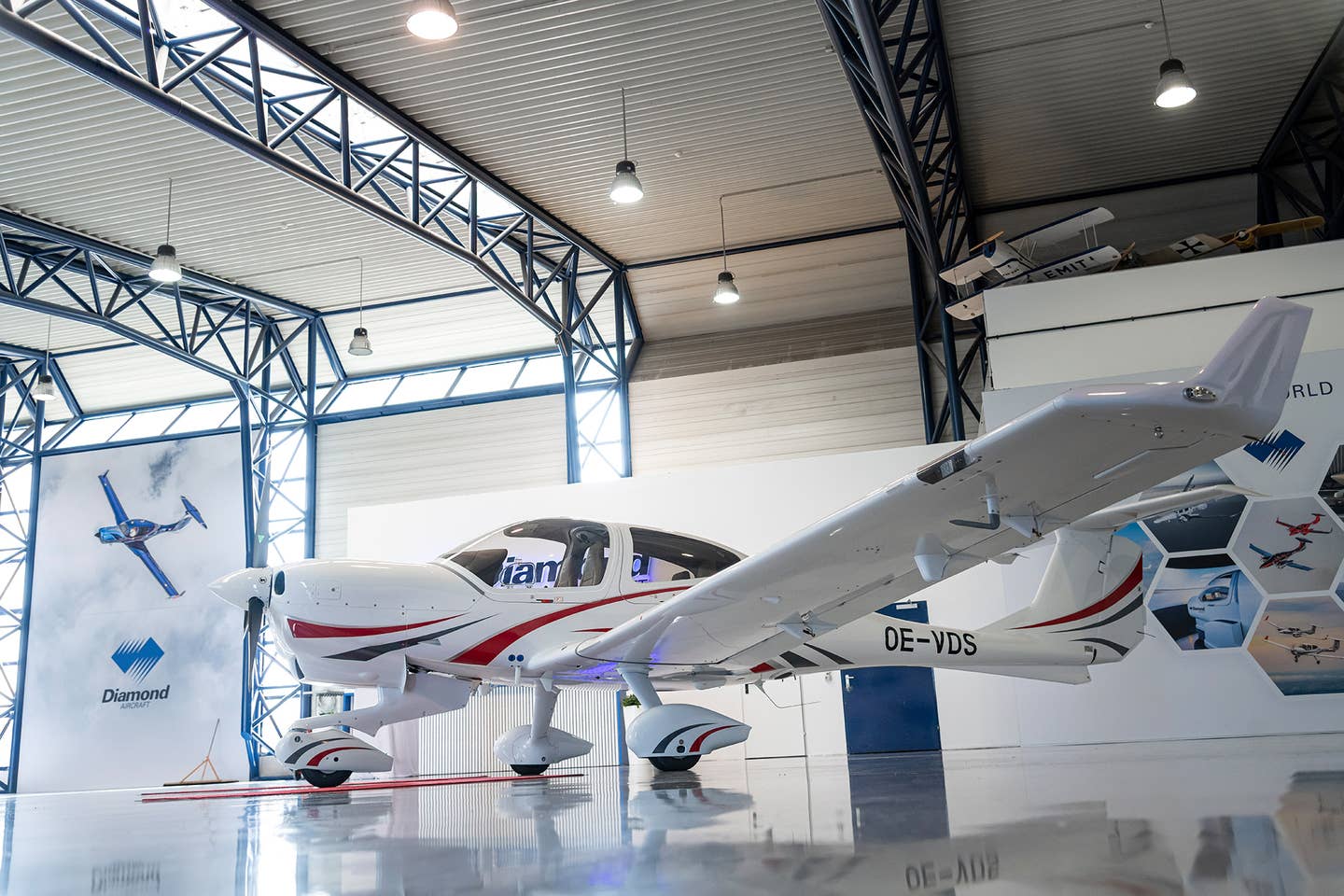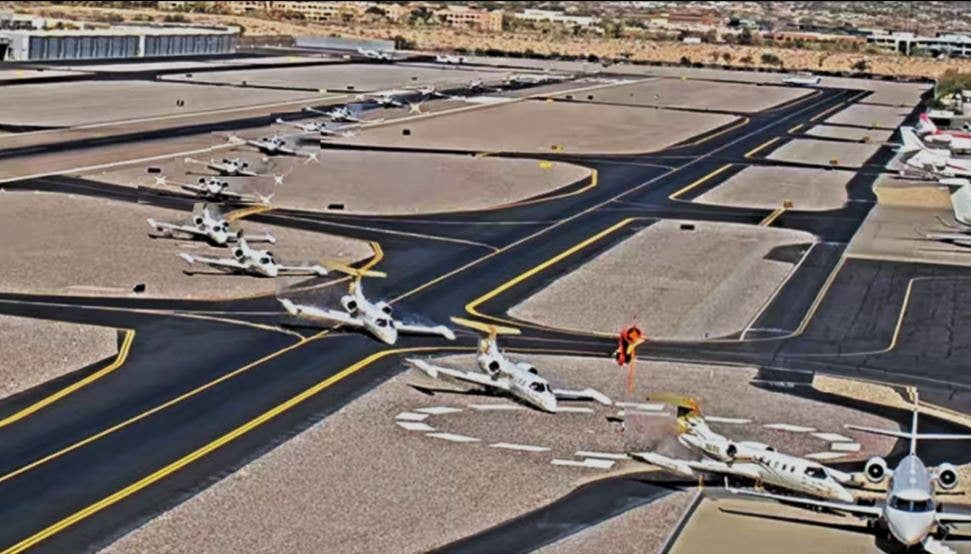
Conducted by GAMA and the NBAA, the latest Harris Poll demonstrates that business aviation provides safe, efficient transportation to companies of all sizes, particularly those located in smaller communities with little to no commercial airline service. Embraer
The General Aviation Manufacturers Association and the National Business Aviation Association today released findings of a recent Harris Poll — The Real World of Business Aviation: 2018 Survey of Companies Using General Aviation Aircraft — demonstrating that business aviation provides safe, efficient transportation to companies of all sizes, particularly those located in smaller communities with little to no commercial airline service. The 2018 study was conducted on behalf the No Plane No Gain industry advocacy campaign, co-founded by NBAA and GAMA.
Key findings include:
Most users of business aviation are small companies employing 500 or fewer workers. Sixty-two percent of pilots and flight department leaders (identified as "pilots" for survey purposes) stated their companies utilize a single, turbine-powered aircraft.
Many business aircraft are largely flown to towns with little or no airline service, with pilots reporting that, on average, 31.5 percent of their flights over the past year were to destinations lacking any scheduled airline service.
Scheduling flexibility remains a key driver for business aviation, with 51.6 of passengers stating that traveling on business aircraft enables them to keep business schedules that could not be met efficiently using the scheduled airlines.
A significant portion of business aircraft passengers are technical specialists, managers and other company employees, as well as customers. These passengers spend an average of 63 percent of their time on board business aircraft engaged in work, compared to just 42 percent when traveling commercially. Interestingly, two-thirds of these passengers say they are more productive on business aircraft flights than when they are in the office.
During the past year, 38 percent of pilots reported flying business aircraft on humanitarian missions, averaging three such missions annually. GAMA President and CEO Pete Bunce said, "General aviation aircraft are indispensable business productivity tools, allowing flexibility, connectivity and efficiency. But they are also on the front line, providing an essential transportation and supply link for those in need around the world."
About the Survey: The first phase was conducted online between Aug. 30 and Sept. 21, 2018, among 202 chief pilots, pilots, flight department managers and directors of flight operations or aviation (referred to in this report as "pilots"). Figures for the number of aircraft per company were weighted where necessary to bring them into line with their actual proportions in the business aircraft population. The second phase consisted of 276 interviews among passengers on business aircraft (referred to in report as "passengers") conducted between Aug. 30 and Sept. 21, 2018. The passenger completed the survey online. Passenger data were not weighted.

Sign-up for newsletters & special offers!
Get the latest FLYING stories & special offers delivered directly to your inbox






